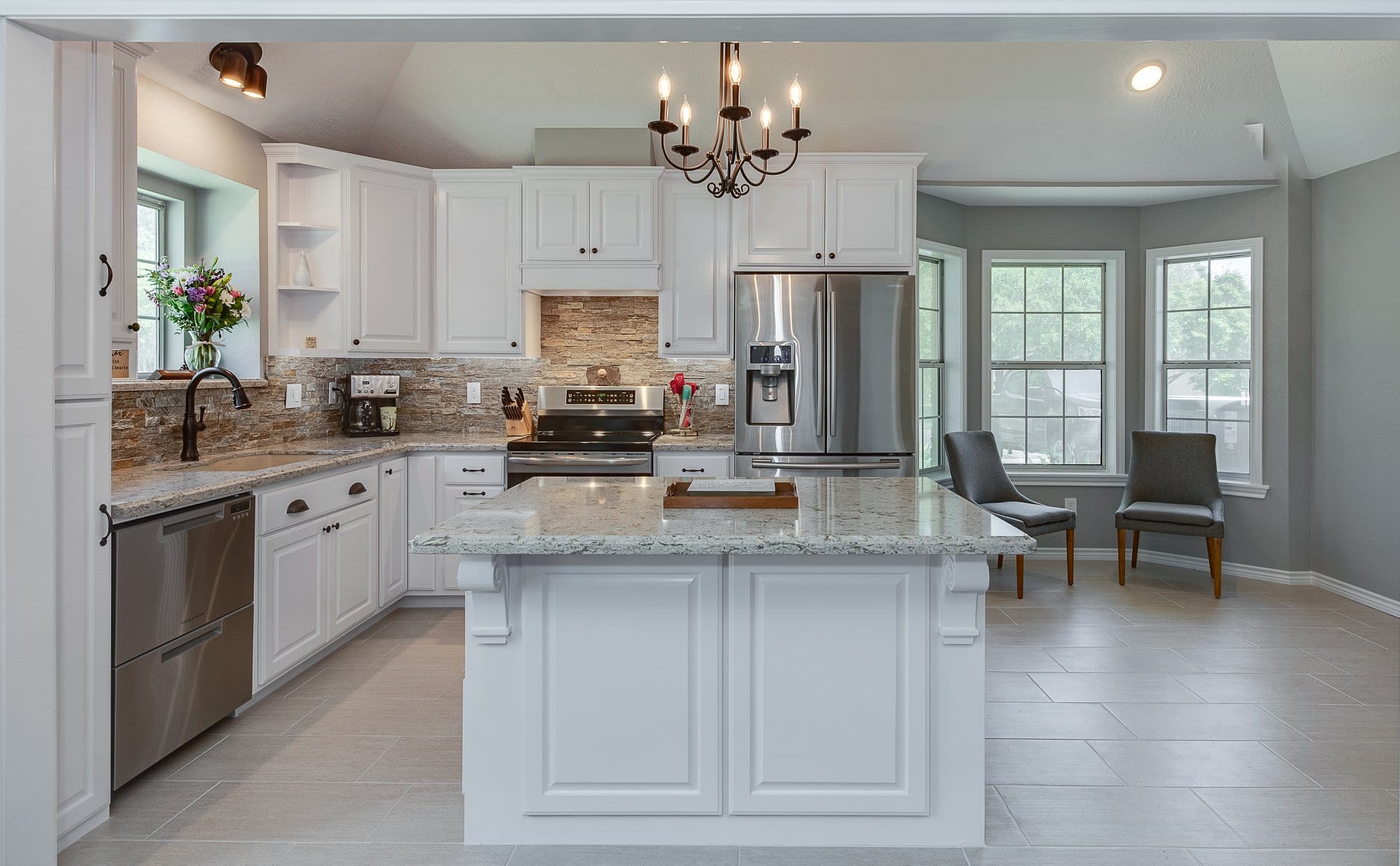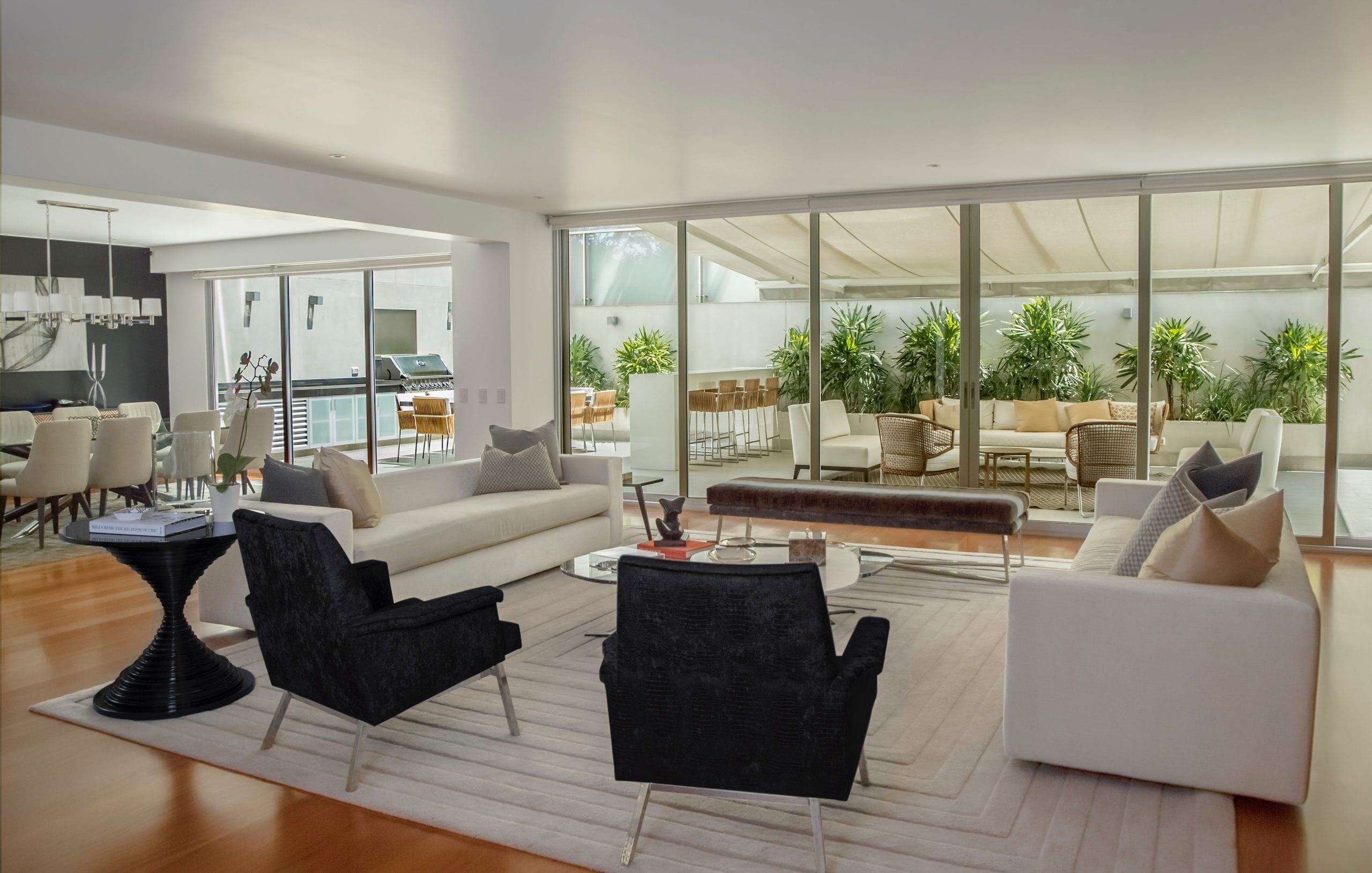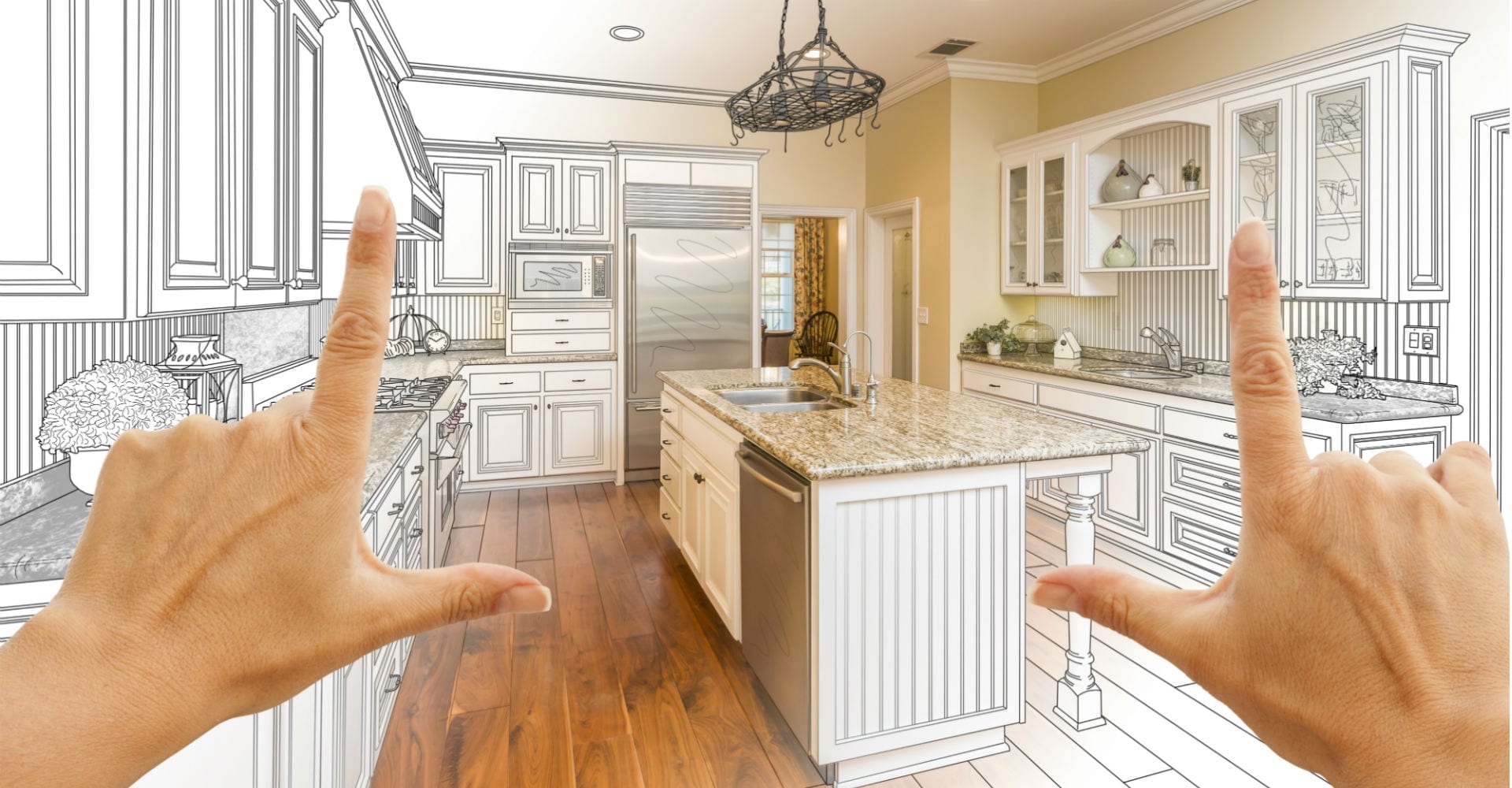In our culture today, the kitchen tends to be the heart of the home. It’s a great spot for spontaneous conversations over a cup of morning coffee, for helping with homework, and to gather friends and family while entertaining. It’s a place of action, and as such, it deserves a great deal of attention in design. Here we will layout a kitchen design process.
Needs assessment
As with all design projects, start by asking yourself a few questions. What are your needs and what are your desires? Does one person do all of the cooking or is it a shared responsibility? Do children help with cooking and cleaning? What sorts of things do you cook? What appliances will you have? What dishes do you store in the kitchen? What cookware? How much stemware needs to be stored? Taking a thorough inventory of the general ideas, like how you plan to use the kitchen, and also of specific ideas, such as how many cups or plates you plan to have, is crucial to designing your kitchen.
Budget
One of the most important design criteria for your kitchen is your budget. Kitchens tend to be the most expensive room in most homes because they contain high finish materials and costly items like appliances. Consequently, it’s important to understand your budget and to manage it. We encourage our clients to think about their budget as more than just the amount you are going to pay for your project –it’s also about ongoing maintenance, utility bills, and upgrade costs. For example, it may be wise to pay more for an energy star appliance because of what it will save on monthly bills. Or it may be wise to settle for a lower quality counter top that can be changed out at a later date so that you can afford to expand the size of your kitchen now. In this way, your budget can help you prioritize decisions.
Design
Kitchens come in a wide array of shapes and sizes. Making them work well requires more intensive design consideration than anywhere else in the house. Think about and include all aspects of your kitchen routine to create a workable layout. For example, if you will be helping several kids with homework while you cook, be sure to consider easy access to their study area. If a kitchen garden with herbs is part of your style, plan for access to the outdoors. And, if your kitchen is going to be where your guests gravitate, plan for comfortable places for them to stand that won’t interfere with your cooking and cleaning. Matching the layout of your kitchen to the demands of your lifestyle and routines can be tricky, but is well worth it. As a design build firm, we encourage quality professional design throughout the house, but nowhere is it more important than the kitchen.
Lighting
Getting the lighting right in your kitchen is as important as any other element. All aspects of lighting come into play here. Good ambient lighting, quality task lighting and well planned accent lighting will all benefit your experience and your enjoyment. Consider using LED lights. Though this new technology cost more up front, it uses far less energy and the bulbs last up to 50 times longer than an incandescent bulb. But remember, not all LED lights are created equally. This is a place where the old adage of “you get what you pay for,” seems to hold strong. Typically, LED lights bought from a big box will not meet the potential of more expensive lighting.
In the coming weeks we will continue to explore the design and construction of quality kitchens. Please feel free to post questions! We will try to provide an answer within 24 hours.









